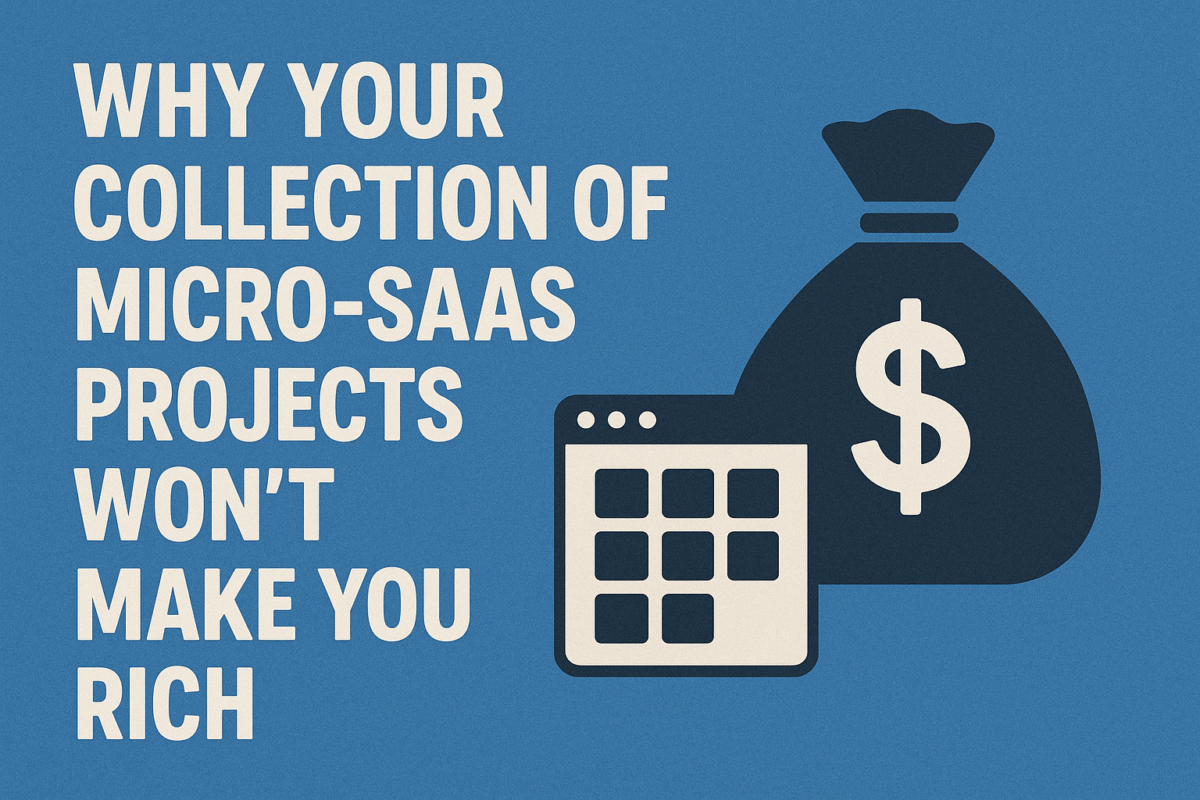If you’ve ever run online ads, you’ve probably seen terms like CPC and CPM. They’re two of the most common ways advertisers pay for digital advertising. Understanding them is essential for making smart marketing decisions.
What is CPC?
CPC stands for Cost Per Click.
With CPC ads, you pay every time someone clicks on your ad, no matter how many times it’s shown.
Example: If your ad gets 500 clicks at $0.50 per click, you pay $250 total.
Best for:
Driving traffic to a website, app, or product page.What is CPM?CPM stands for Cost Per Mille, where mille means 1,000 impressions (views). With CPM ads, you pay for every 1,000 times your ad is displayed, regardless of how many people click.
Example: If your ad costs $5 CPM and it’s shown 100,000 times, you pay $500 total.
Best for:
Brand awareness campaigns where visibility matters more than clicks.The Difference Between CPC and CPMThe main difference is how you’re charged:CPC = You pay for engagement (clicks).CPM = You pay for exposure (views).
In short:
Choose CPC if you want people to take action (like visit your site).Choose CPM if you want to spread awareness and reach as many eyeballs as possible.Which is Better?
It depends on your goals: CPC is better when conversions and traffic are your priority.
CPM is better when building brand recognition or running broad awareness campaigns.
Smart advertisers often use both—starting with CPM to build visibility and following up with CPC ads to capture interested users.
Conclusion
CPC and CPM are two different pricing models in digital advertising. CPC focuses on results per click, while CPM emphasizes exposure per 1,000 views. By choosing the right model for your goals, you’ll maximize your ad spend and get better results.
